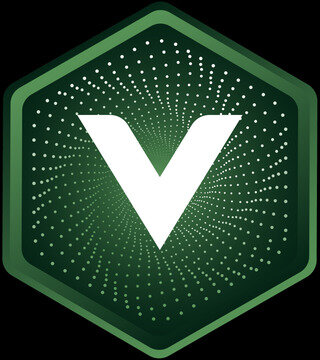Floating for Different Goals
One common misconception is that people use floatation therapy or sensory deprivation tanks for meditation. The truth is, individuals use them in variety of different ways. The most common (and practical) use is a way to relax and unwind for an hour, but beyond that, there are actually tons of uses for floating that go beyond the basic. Here are a few of my favorites and how I approach each different “type” of float.
The Problem-Solving Float
Often I’ll get in the float tank with a specific “problem” in mind that I want to work out. Why? Because it’s hard to really think through an issue in real life when there are constant distractions pulling you from doing something difficult. I like to work through problems while I’m still fairly alert, so the problem-solving float is best done in the morning or early afternoon. While I’m taking my pre-float shower, I’ll remind myself of the “goal” I have for in the tank. Once I’m in, I’ll usually opt for total sensory deprivation (one of the cool things about the tanks at Victory Float Lounge is that you get to decide whether the light, starlights, or sound are on while you’re in the tank, AND you can change your mind at any time). During the first part of the float, I let my thoughts run at will. Trying to control what your mind is doing in the early parts of your session doesn’t usually end well. Once they start to slow down, I can turn to the problem at hand. This gives me plenty of time to think without distraction and gives me no excuse to procrastinate - what else am I going to do with that time?
The Creative Juices Float
I like to think of this as the fun spin-off to the Problem-Solving float. I love brainstorming in the tank, and I’ve found keeping some music on low volume in the background while coming up with ideas is best.
The Visualization Float
This one is my favorite and it’s something I used extensively training for my last race. Like the problem-solving float, it’s floating with a purpose. After I get in, I’ll take some deep breaths to settle myself, and then start to picture my next event. It might be a race, a public speaking gig, or a hard conversation I need to have. I conjure up every aspect of how the real situation will feel - what it looks like, sounds like, even smells like. And I’ll replay the PERFECT outcome in my head for the entire hour I’m floating. It’s mental practice and manifestation, and it helped me nail my time goal at my first marathon.
The Relaxation Float
This is the one we most often see, especially with beginners. There’s no better place to turn your brain off and relax than the float tank. I actually love utilizing CBD products before a relaxation float, like the Green Roads CBD oil we have at the front desk. They take the edge off my anxious state. I typically leave the music on nice and low and turn the lights off entirely. I’ll run through a quick body part meditation at the start of the float - relaxing each muscle or muscle group individually until I am totally physically relaxed. A really nice way to boost your relaxation float is to book the last evening slot and bring your (nicest) PJs. When your float is over, take a hot shower, throw your PJs on, drive home and get right in bed. It’ll be the best sleep you’ve had in awhile.
The real takeaway is this- there is no right way to float. Your time in the tank is yours, so use it however you see fit.



